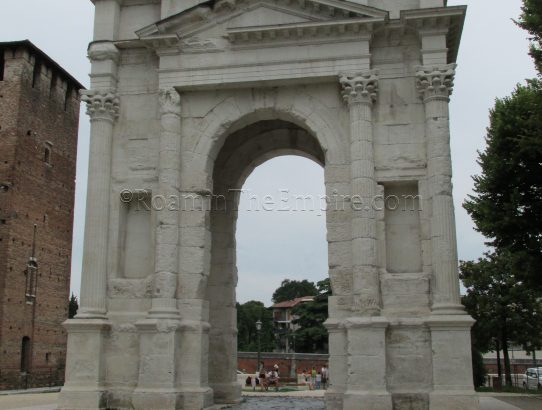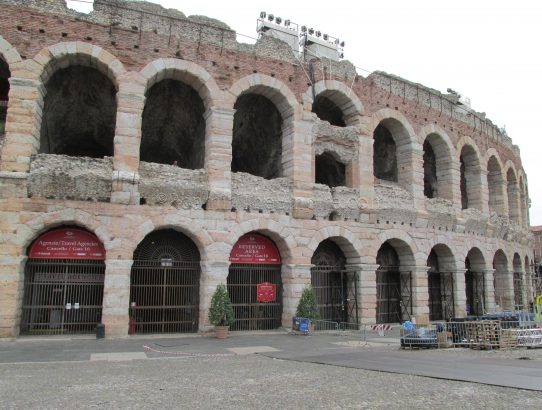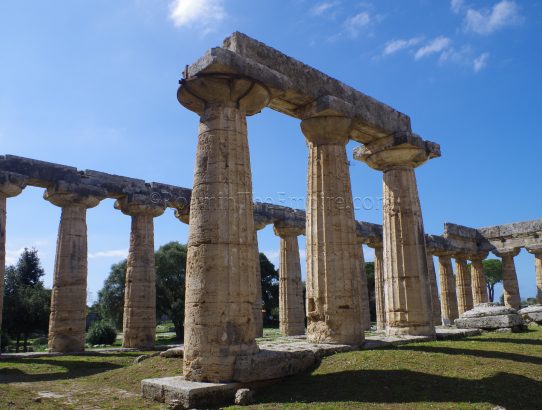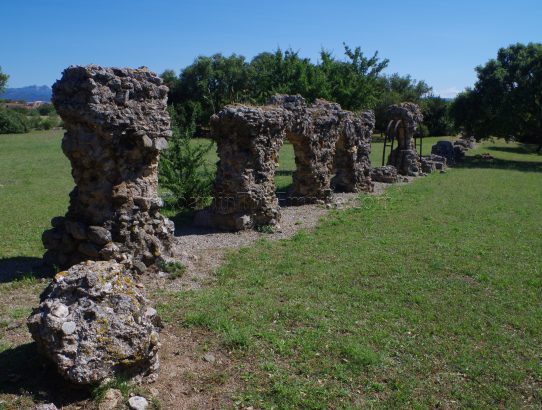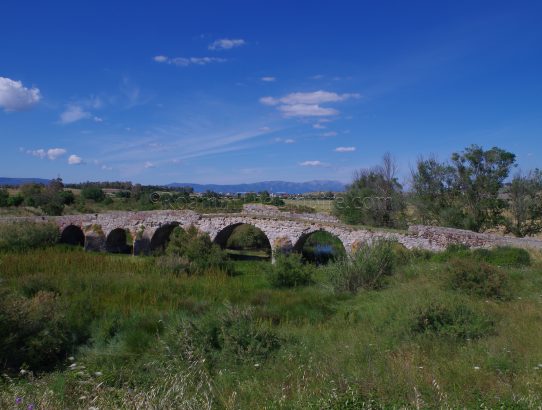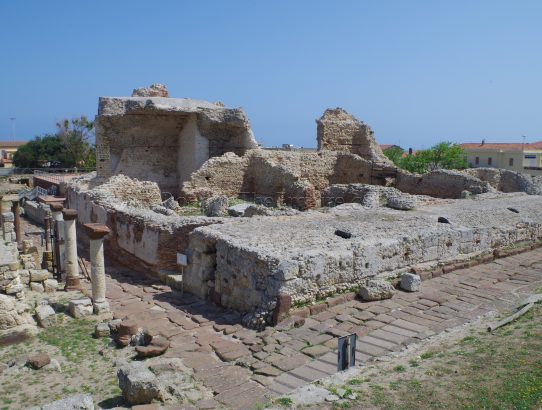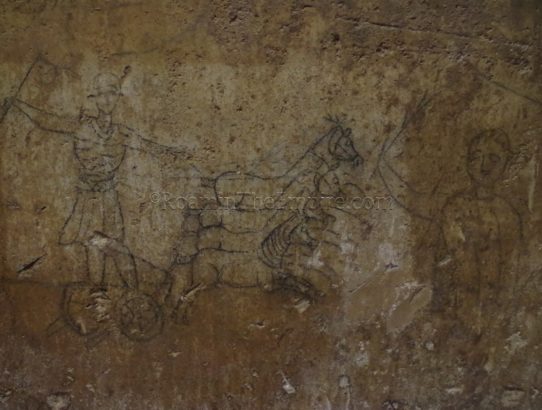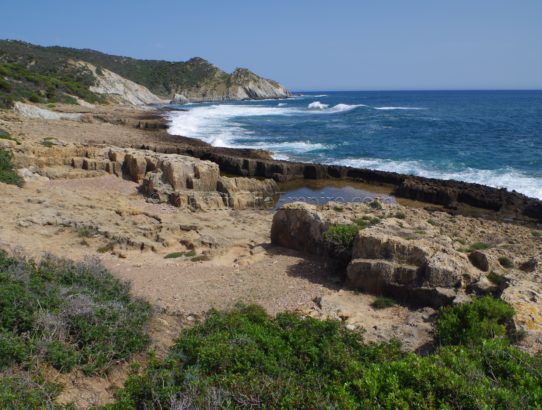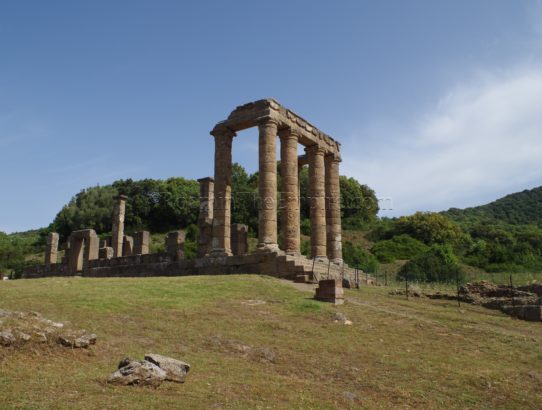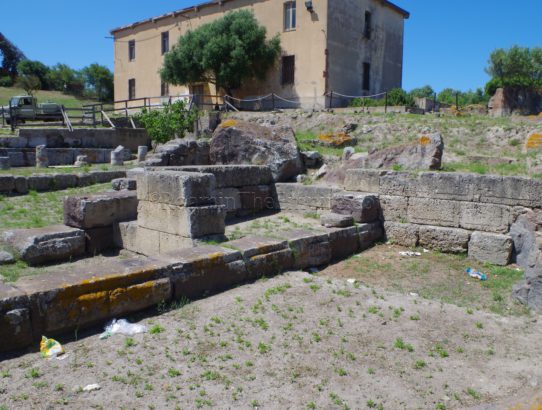Verona, Venetia – Part II
Continued From Verona Part I Arch, Gates, and Forum From the amphitheater, it’s a short 5 minute walk west to the Arco dei Gavi, the arch of the Gavii family. There is no entrance fee though there is a small gate that might restrict access at some times. Even with the gate, the arch is…
Read More


